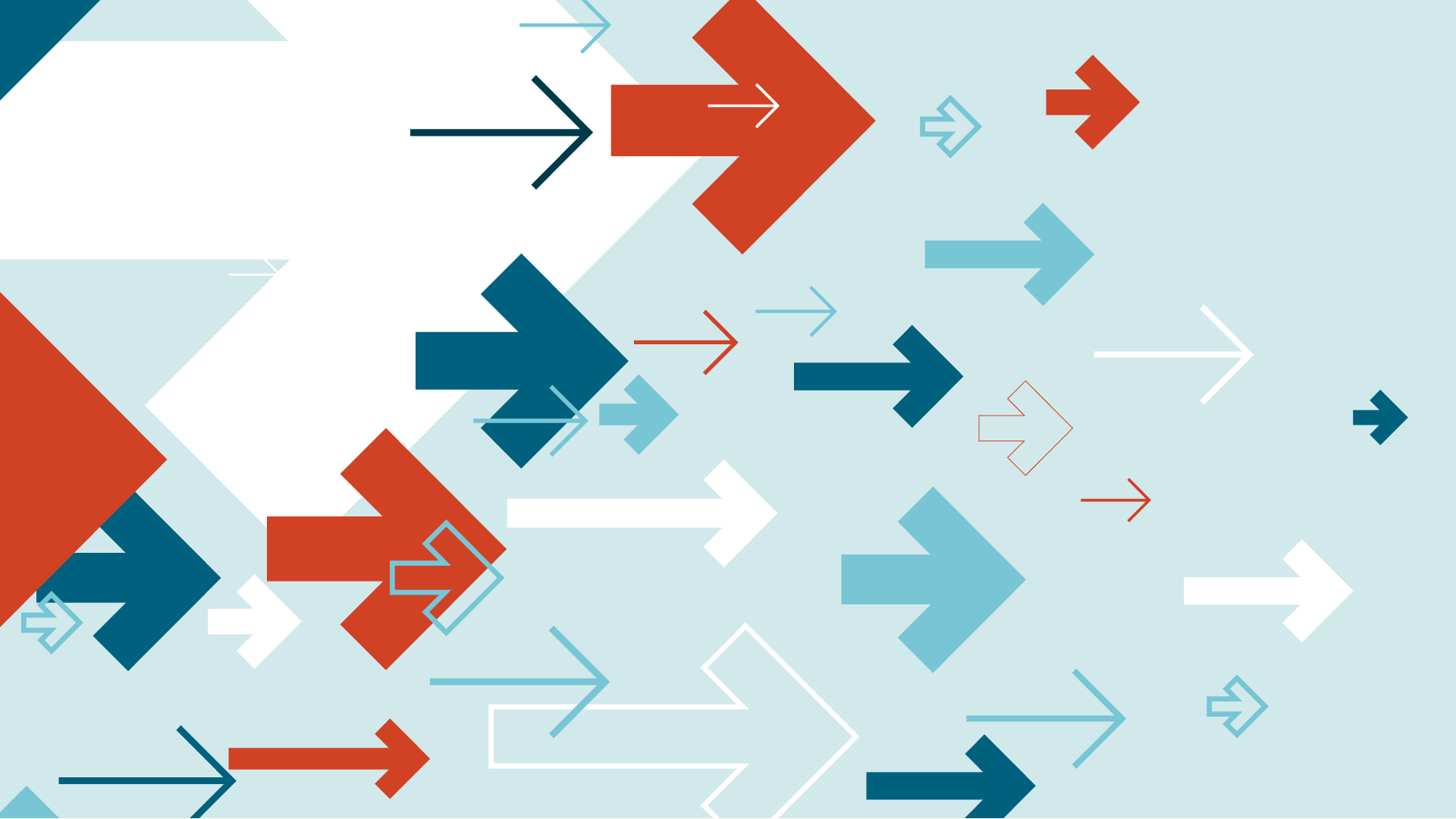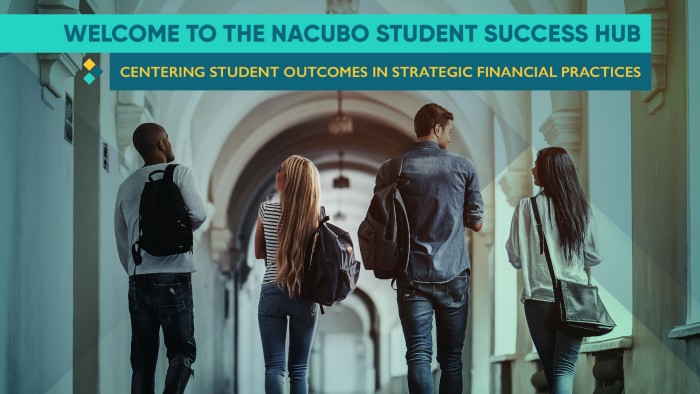
Q&A: UIA’s Bridget Burns on Helping Struggling Students Get Back on Track (Part 1)

Dr. Bridget Burns
Dr. Bridget Burns is on a mission to transform the way postsecondary institutions think about and act on behalf of low-income, first-generation, and students of color. In 2014, she helped found the University Innovation Alliance (UIA), a multi-campus laboratory for student success innovation helping university leaders accelerate the implementation of scalable solutions to increase the number and diversity of college graduates. These efforts caused Washington Monthly magazine to name her one of the “16 Most Innovative People in Higher Education.” In the decade since, the UIA campuses have increased their annual low-income graduates by 43% and increased their annual graduates of color by 89%. Coming up on their 10th year together, the UIA has now grown to include 17 member campuses across the country, with further plans for expansion.
Still, it has not all been smooth sailing for UIA and its member institutions. The COVID-19 health crisis has impeded students’ academic preparation and progress and forced UIA institutions to adapt. At Georgia State University, for example, the rate of students who received a D or F or withdrew (DFW) increased by more than 20 percentage points during the health crisis. In many cases, those students lost their eligibility for federal and state aid programs that rely on GPA and credit accumulation. These DFWs are largely contained to so-called gateway courses, and disproportionately impact learners from low-income backgrounds. But the university didn’t despair. Instead, it launched a new program — the Accelerator Academy — to identify DFW patterns and provide support to help these learners recover credits from courses where they received a DFW and regain momentum towards completion. After promising early results, the program is now being implemented at 10 UIA institutions.
In part one of a two-part interview, Ascendium — who is supporting the Accelerator Academy’s scaling — spoke with Dr. Burns about the problem of high DFW rates and why the field should be optimistic about this innovative solution.
Q: What is the core problem that Georgia State University’s Accelerator Academy is trying to solve?
Q: What makes the Accelerator Academy an innovative solution?
Q: What impact has this work had on students?
Q: How does this model fit into UIA institutions’ broader priorities for student success?


